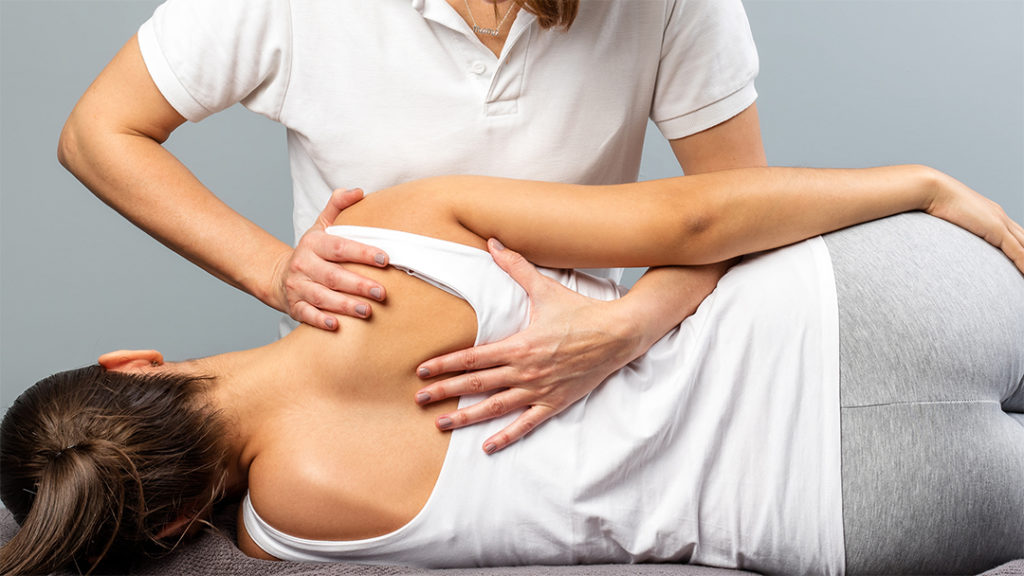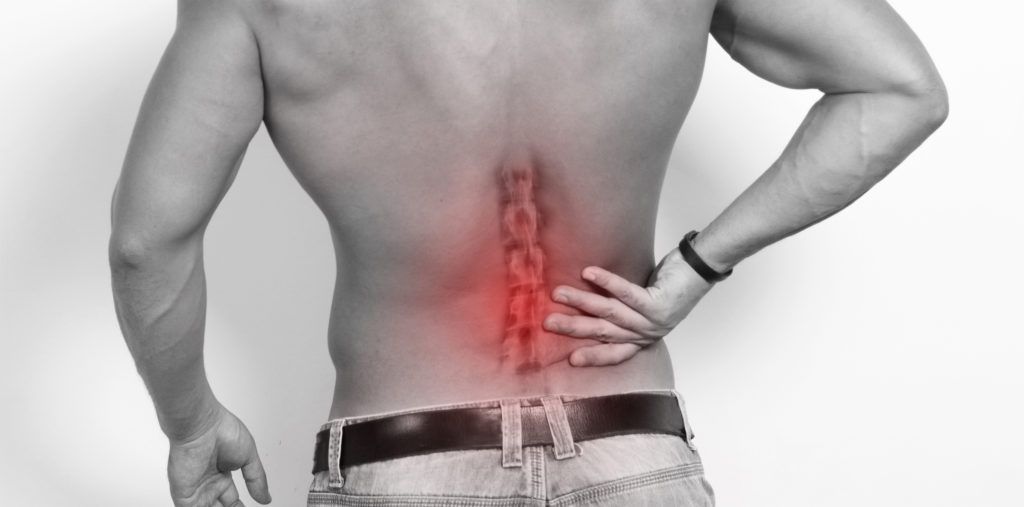
Muscle soreness affects everyone, from pro athletes to couch potatoes. With many potential causes, it’s important to understand the difference between normal soreness after physical activity, pain from potential injury, or some muscles due to other underlying causes.
In this blog post, we’ll explore the causes of muscle soreness, ways to find relief, and how chiropractic care can be a natural and effective way to address this common complaint.
What Causes Muscle Soreness?
First, let’s take a closer look at some of the major types of muscle soreness and their causes:
Acute Muscle Soreness
Acute muscle soreness refers to the immediate discomfort you feel during strenuous physical activity or right after a workout. It’s caused by muscle fatigue or a buildup of lactic acid, a chemical substance produced when the body breaks down carbohydrates for energy during physical activities that require increased oxygen.

Delayed Onset Muscle Soreness (DOMS)
While acute muscle soreness is immediate, delayed onset muscle soreness (DOMS) typically starts to develop about 12–24 hours post-workout and peaks at around the 24- to 72-hour mark. It occurs due to microscopic tears in the muscle fibers that happen during intense workouts or new physical activities and is a normal response to strenuous exercise.
Other Causes of Soreness
Other causes of soreness include:
- Poor posture putting strain on the muscles of the back and neck
- General stress and tension in the body, especially when combined with a lack of sleep
- Underlying conditions like fibromyalgia, arthritis, or an underactive thyroid
- Dehydration
- Injury or infection
The treatment for these types of muscle soreness are different from those for post-exercise soreness, so it’s important to identify the underlying cause in order to find effective relief.
Tips for Relieving Muscle Soreness
If your muscles are sore after an intense workout, moving heavy furniture, or an afternoon spent doing yard work, there are plenty of at-home remedies you can try in your quest for relief, starting with getting plenty of rest.
Try not to exert yourself too much, allowing your muscles to recover. Gentle stretching and yoga are other effective ways to help your body get rid of lactic acid — just be careful not to overdo it.
Hot and cold temperatures can also help alleviate soreness. If you’re not sure whether to reach for the heating pad or the ice pack, check out our previous blog post about this topic, “Ice or Heat: Which is Better for Pain Relief?” Epsom salt baths or anti-inflammatory creams are another excellent choice.
Preventive Measures
Preventing muscle soreness begins with a proper warm-up. Gradually progressing in physical activities can help you avoid overexertion. You should also do a nice cool-down routine after exercising, setting you up for a smooth recovery.
Additionally, staying hydrated throughout the day and maintaining a balanced diet ensures your body has the tools it needs to function properly.

How Chiropractors Can Help with Muscle Soreness
Chiropractic care can be an effective tool for addressing muscle soreness. By restoring spinal alignment, chiropractors help improve muscle function, thereby reducing soreness and discomfort.
Additionally, soft tissue techniques like myofascial release or trigger point therapy can contribute to optimal muscle function. Chiropractors can also address habits that contribute to chronic soreness, such as poor posture.
When to See a Chiropractor
Muscle soreness may require professional care from a chiropractor if the pain lasts for more than a week, you have persistent stiffness or a limited range of motion, the soreness is accompanied by swelling or bruising, or your discomfort is linked to posture issues or recurring injuries.
If you’re experiencing any of these symptoms, call the Health and Wellness Clinic to schedule an appointment, and we’ll help you get back on track with targeted adjustments and soft tissue therapies.
Effective Treatments for Muscle Soreness
At the Health and Wellness Clinic, we know how important it is to help you live an active lifestyle. If muscle soreness is getting in the way of your daily activities, we’re here to help. Whether you’re a high-performing athlete looking to up your game or a gardening enthusiast who wants to keep up with the weeds, our team can help improve your musculoskeletal health.
Don’t let sore muscles prevent you from doing the things you love. Contact the Health and Wellness Clinic today to schedule an appointment.





